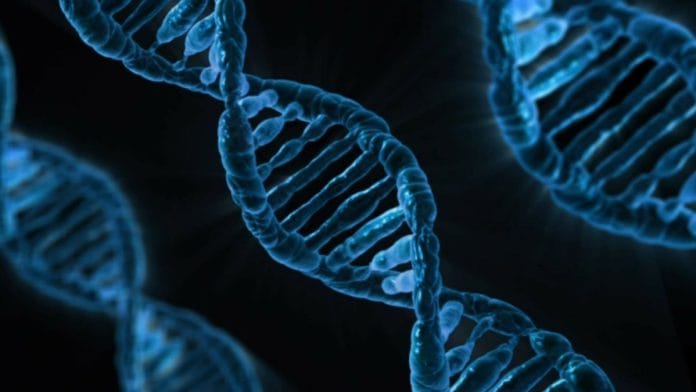Thank you dear subscribers, we are overwhelmed with your response.
Your Turn is a unique section from ThePrint featuring points of view from its subscribers. If you are a subscriber, have a point of view, please send it to us. If not, do subscribe here: https://englishdev.theprint.in/subscribe/
Introduction
CRISPR technology is transforming genetic science with its precision and efficiency in editing DNA. Its applications range from treating genetic disorders to advancing agricultural practices, showcasing its vast and revolutionary potential.
What is DNA?
DNA (Deoxyribonucleic Acid) is a molecule that contains the instructions needed for an organism to develop, live, and reproduce. It functions like a recipe book, containing all the instructions for building and maintaining an organism.
What is CRISPR?
CRISPR (Clustered Regularly Interspaced Short Palindromic Repeats) is an advanced technology that allows scientists to make precise changes to DNA. It acts like a high-tech pair of scissors that can cut and edit DNA at specific locations, enabling the correction of genetic defects, insertion of new genes, or removal of problematic sequences.
How Does CRISPR Work?
- Guide RNA (gRNA): This RNA sequence matches the target DNA sequence and guides the CRISPR system to the exact spot in the DNA that needs editing, similar to a GPS.
- Cas9 Protein: This protein acts as molecular scissors, cutting the DNA at the precise location identified by the gRNA.
- DNA Editing: After the DNA is cut, scientists can add, remove, or replace DNA segments, effectively editing the genome.
Applications of CRISPR
-
- Kidney Transplant from a Pig:
- Richard Slayman became the first person to receive a kidney transplant from a gene-edited pig. This breakthrough suggests a future where the 100,000 patients on the kidney transplant waitlist and 500,000 Americans on dialysis might more routinely be offered pig kidneys as an option. Genetic modifications in these pigs help make their tissue appear less foreign to human immune systems, reducing the risk of rejection.
- Source: MIT Technology Review
- Lenmeldy for Metachromatic Leukodystrophy (MLD):
- Lenmeldy is a gene therapy for MLD, a nerve disorder affecting toddlers, causing them to lose their ability to speak and walk. The therapy adds a missing gene to the bone marrow cells of children, reversing the condition’s root cause in the brain. The treatment costs $4.25 million and has shown promising results in trials.
- Source: MIT Technology Review
- Combating Screwworm in Cattle (Uruguay):
- Female screwworm flies lay eggs in cattle, leading to larvae that cause severe damage and can be fatal if untreated. CRISPR is being used to create male screwworms with edited genes that render female offspring sterile, leading to a population crash over generations.
- Source: MIT Technology Review
- Treatment for Sickle Cell Disease:
- Sickle cell disease, caused by defective genes for hemoglobin, results in severe pain and a reduced life expectancy. CRISPR has been used to edit bone marrow cells to produce healthy hemoglobin, significantly alleviating symptoms in clinical trials. However, the treatment is expected to cost between $2 to $3 million.
- Source: MIT Technology Review
- Kidney Transplant from a Pig:
- Agriculture
In agriculture, CRISPR is being used to develop crops that are more resistant to pests, diseases, and environmental stresses. This can lead to higher yields and more sustainable farming practices. For example, scientists have used CRISPR to create wheat that is resistant to powdery mildew, a common and damaging fungal disease.
Conclusion
CRISPR technology is a groundbreaking tool in genetic science, offering the potential to cure genetic diseases, enhance agricultural productivity, and develop new biotechnological applications. However, it also raises ethical considerations, particularly regarding germline editing. As CRISPR continues to evolve, it promises to bring transformative changes to various fields.
These pieces are being published as they have been received – they have not been edited/fact-checked by ThePrint


